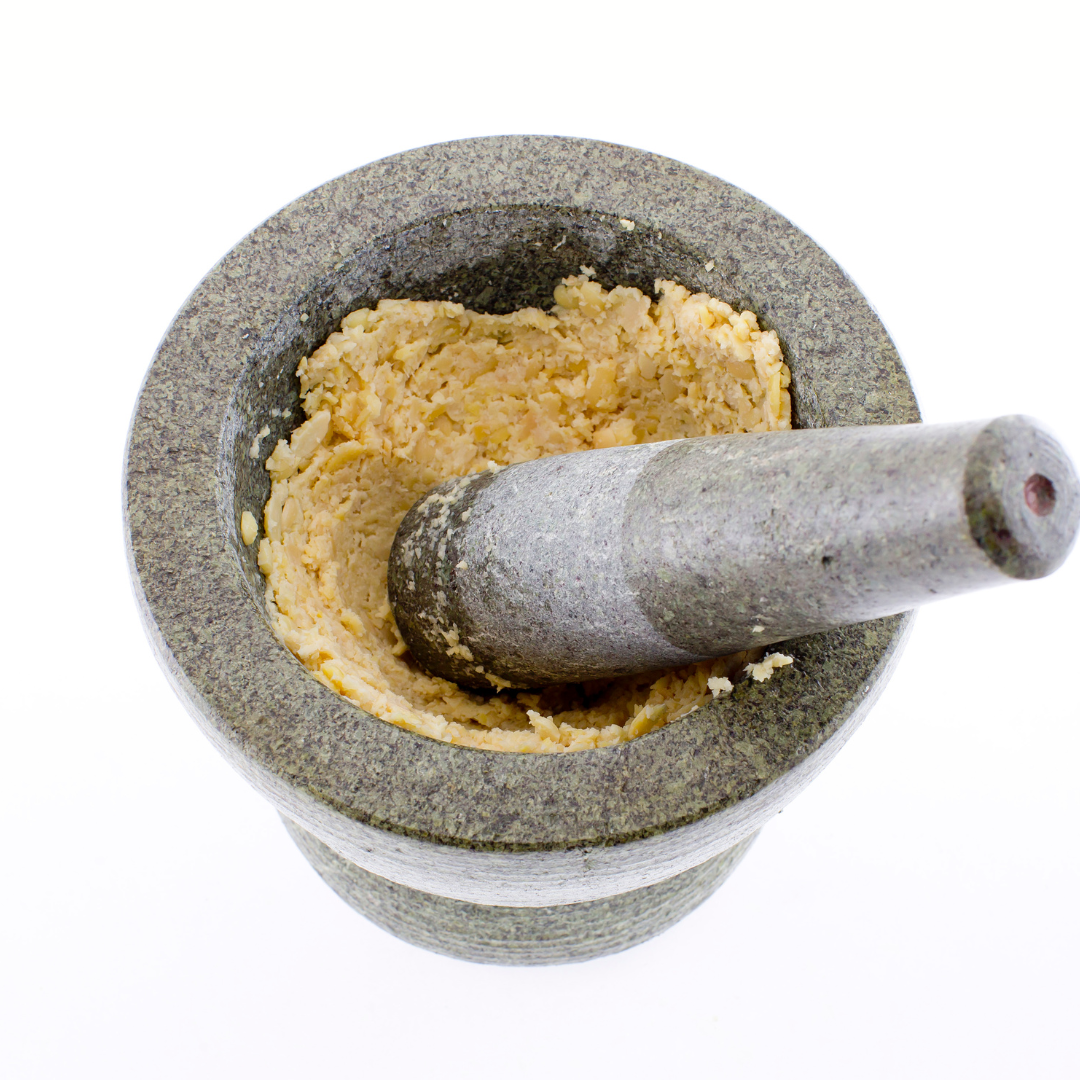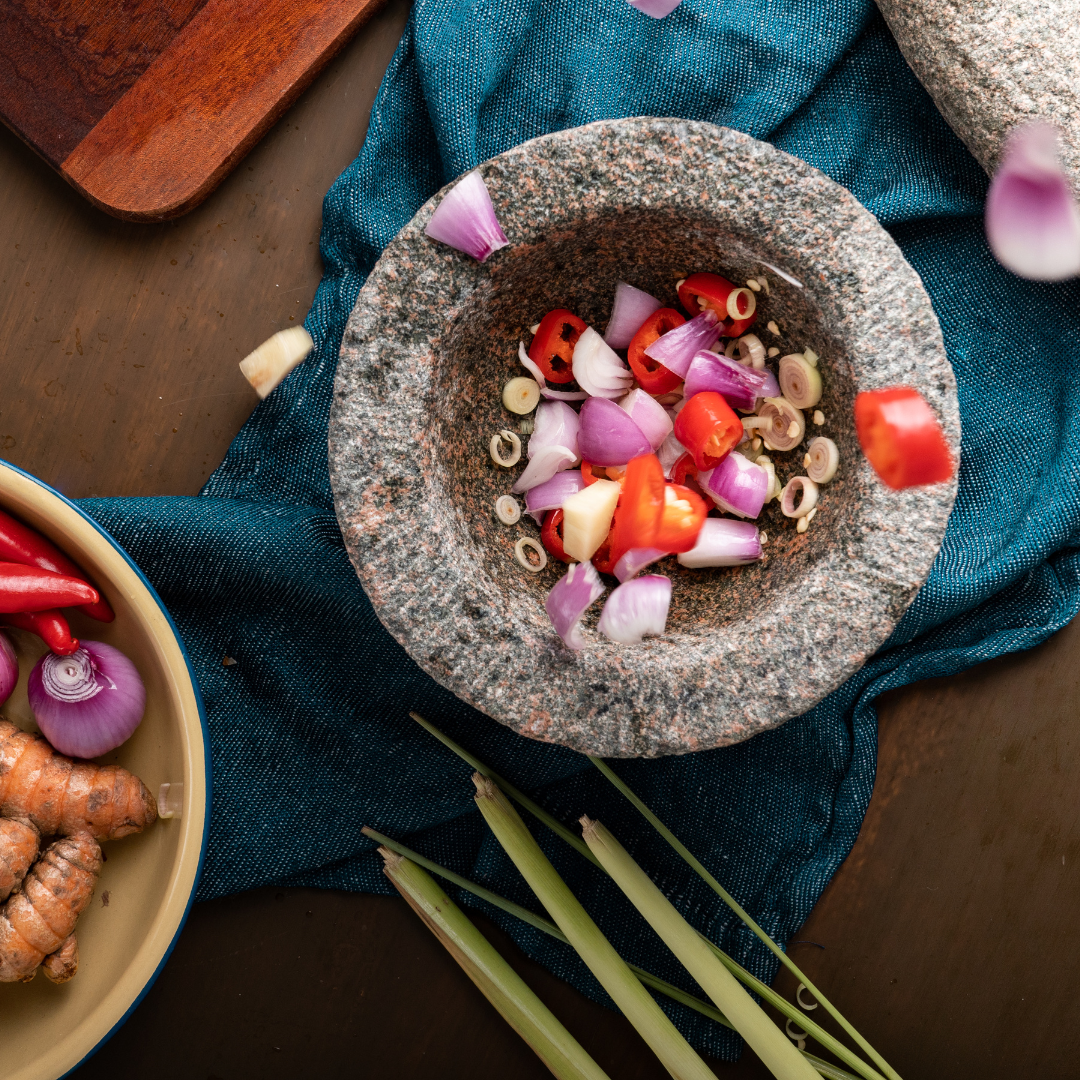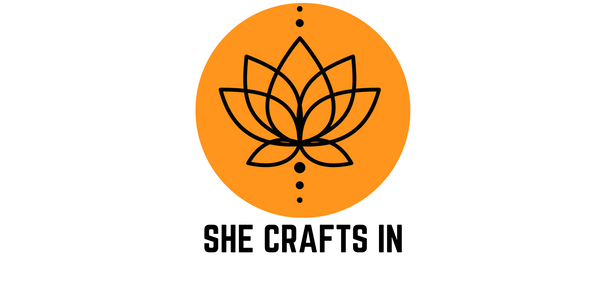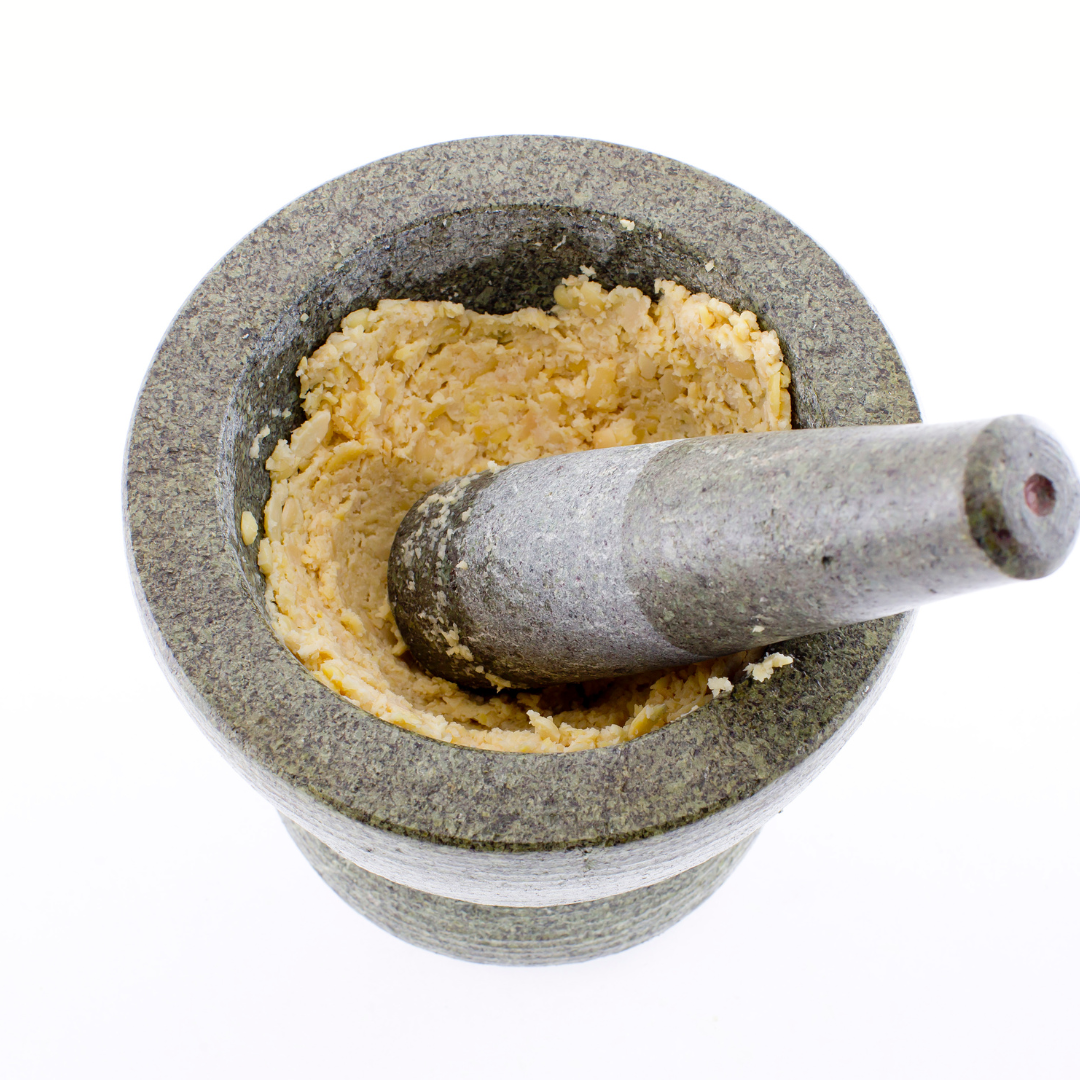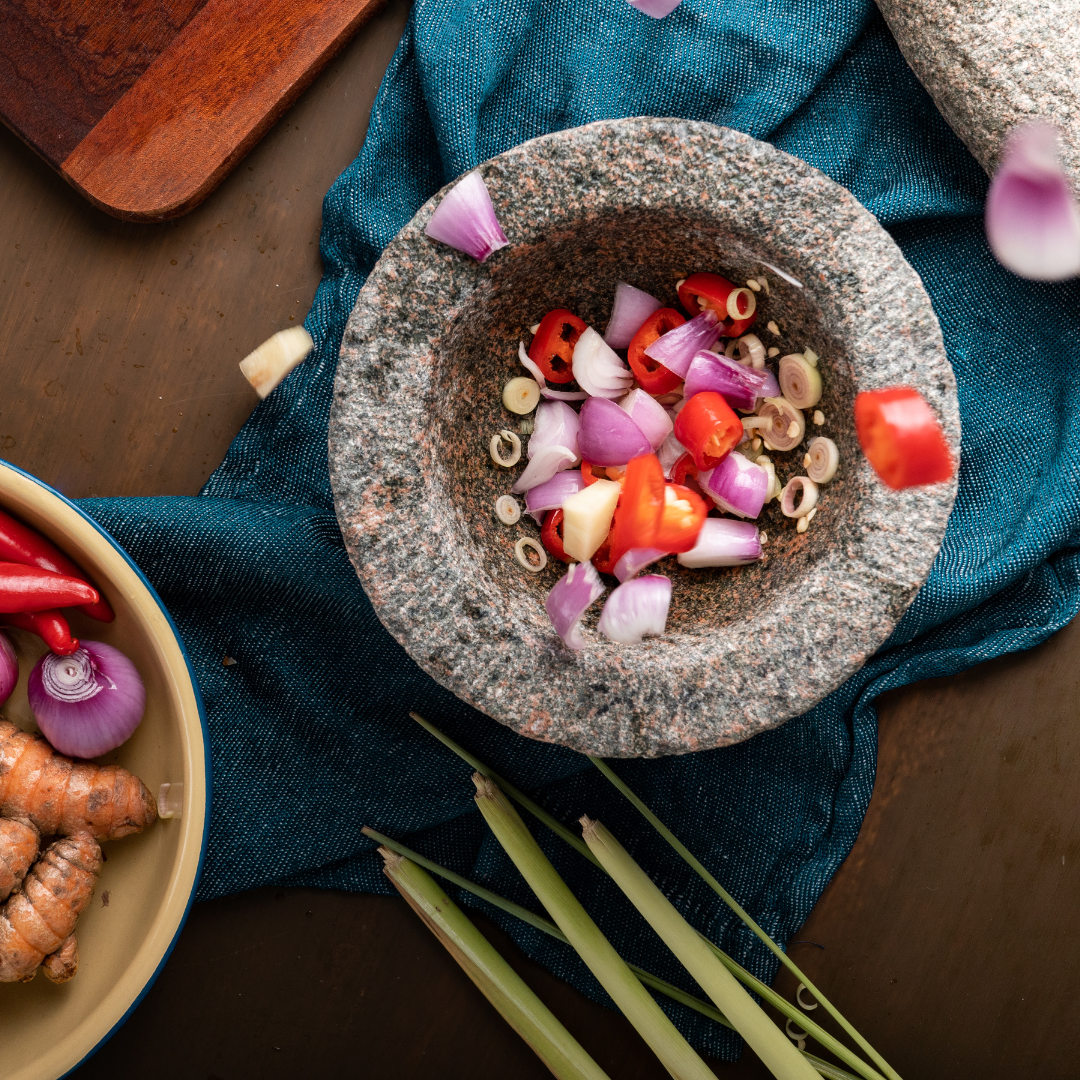She Crafts In
ROUND STONE GRINDER | STONE MORTAR AND PESTLE | TRADITIONAL GRINDER | OHKLI
ROUND STONE GRINDER | STONE MORTAR AND PESTLE | TRADITIONAL GRINDER | OHKLI
Couldn't load pickup availability
A stone grinder for the kitchen refers to a traditional kitchen tool used for grinding or crushing ingredients, particularly in Indian cuisine. It typically consists of two cylindrical stones, one placed on top of the other, with a handle attached for easy rotation.
The lower stone, known as the "base" or "bedstone," is flat and stationary, while the upper stone, called the "runner" or "top stone," is cylindrical and fits on top of the base stone. The runner stone has a handle or peg in the center for gripping and rotating it.
To use a stone grinder, the ingredients such as spices, grains, or lentils are placed on the flat surface of the base stone. The runner stone is then rotated manually by holding the handle and moving it in a circular motion over the ingredients. The pressure and motion of the rotating stone crush and grind the ingredients, resulting in a fine or coarse texture, depending on the desired consistency.
Stone grinders are particularly favored for their ability to retain the natural flavors and aromas of the ingredients. The friction created between the stones during the grinding process generates a moderate amount of heat, which can enhance the flavor and aroma of spices.
In addition to grinding spices, stone grinders are also used for making pastes, chutneys, and batter for various dishes. For example, in South Indian cuisine, a stone grinder called "ammi" or "attukal" is commonly used for grinding ingredients like rice and lentils to make batter for dosas, idlis, and other traditional dishes.
Stone grinders can be made from different types of stones, including granite, marble, or soapstone, each offering different properties and textures for grinding. These natural stones are known for their durability and ability to withstand heavy grinding.
While stone grinders are still widely used in many households, modern electric grinders and mixers have become popular alternatives due to their convenience and time-saving features. However, some people still prefer the traditional method of using a stone grinder for its authenticity and the unique flavors it imparts to the ingredients.
When using a stone grinder, it's important to clean and maintain it properly to prevent any contamination or residue from affecting the taste of future preparations. Following the manufacturer's instructions and cleaning it thoroughly after each use is recommended.
Overall, a stone grinder for the kitchen is a traditional tool that adds a unique touch to the grinding process, preserving the flavors and aromas of ingredients while providing a sense of connection to traditional cooking methods.
In Ayurveda, a stone grinder is commonly used for preparing medicinal pastes and powders. It is known as "sil-batta" or "sil-ghatta" in Sanskrit and Hindi, which translates to "stone grinder" or "stone mortar and pestle."
The stone grinder used in Ayurveda consists of two parts: a flat stone base and a cylindrical stone pestle. The base stone, also known as the "sil" or "silbatta," is typically made of granite or other hard stones. It has a flat surface on which the ingredients are placed for grinding. The pestle, known as the "batta," is cylindrical in shape and is used to crush and grind the ingredients against the base stone.
In Ayurveda, herbs, roots, spices, and other medicinal ingredients are often ground using a stone grinder to create powders, pastes, or herbal formulations. The grinding process helps break down the ingredients and release their active constituents, making them easier to absorb and utilize by the body.
Stone grinders are preferred in Ayurveda due to their natural and non-reactive properties. The stone materials used in the grinder are believed to have a cooling effect and are considered more suitable for grinding herbs and spices compared to metal or other materials, which may introduce unwanted reactions or alter the medicinal properties of the ingredients.
The process of grinding with a stone grinder in Ayurveda is usually done manually, involving a gentle but consistent circular motion of the pestle over the base stone. The grinding is often accompanied by chanting of sacred mantras or prayers, infusing positive vibrations into the preparations.
Stone grinders are versatile tools in Ayurvedic preparations. They are used to grind ingredients for making herbal powders, such as churnas (medicinal powders), as well as to prepare herbal pastes and formulations, such as lepas (herbal ointments) or kashayas (decoctions).
Using a stone grinder in Ayurveda allows for a more intimate connection with the ingredients and the preparation process. It is believed that the grounding process done manually with a stone grinder helps align the energies of the ingredients and enhances the therapeutic qualities of the final product.
However, it's worth noting that while stone grinders have their traditional significance in Ayurveda, modern alternatives such as electric grinders or blenders are also used in some settings for convenience and efficiency. The choice of using a stone grinder or modern equipment depends on individual preferences and the specific requirements of the preparation.
Regardless of the method used, the key aspect in Ayurveda is the intention, mindfulness, and reverence with which the ingredients are prepared, ensuring the preservation of their medicinal properties and the overall holistic approach to well-being.
